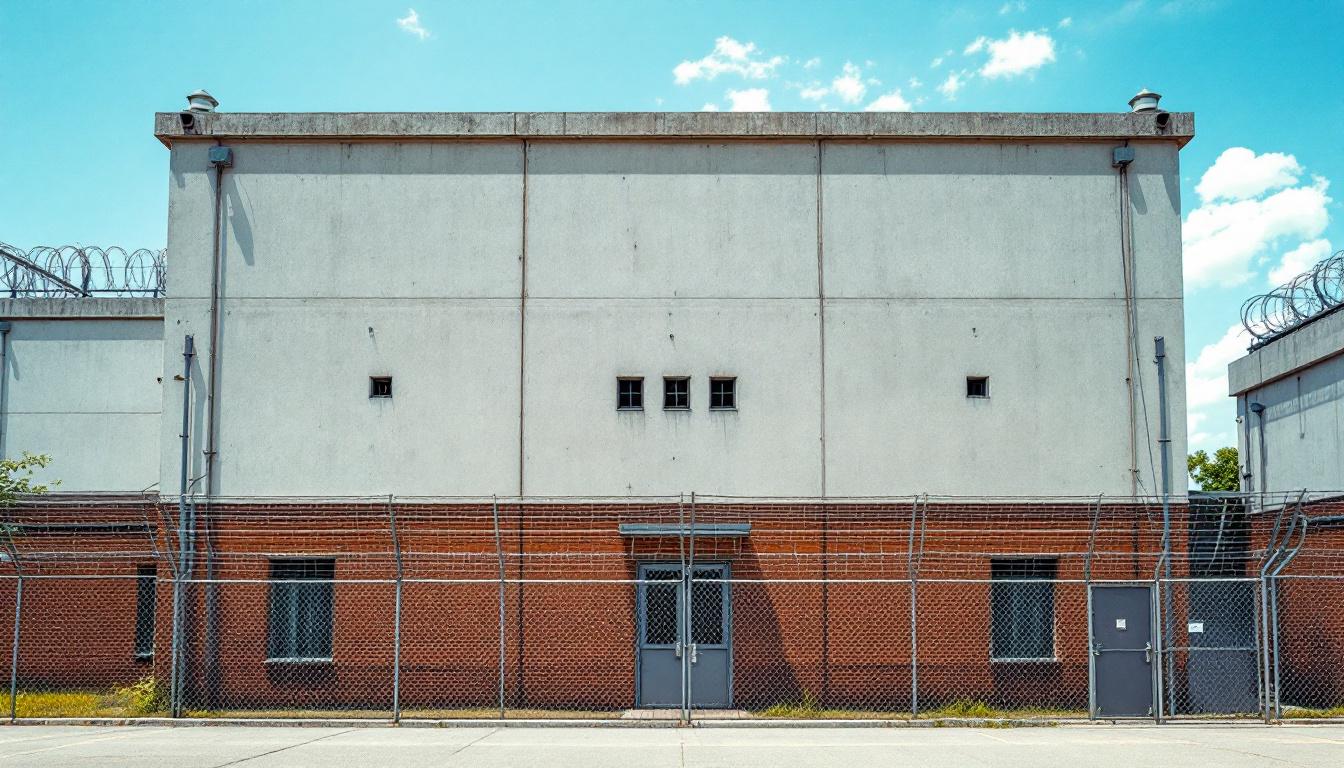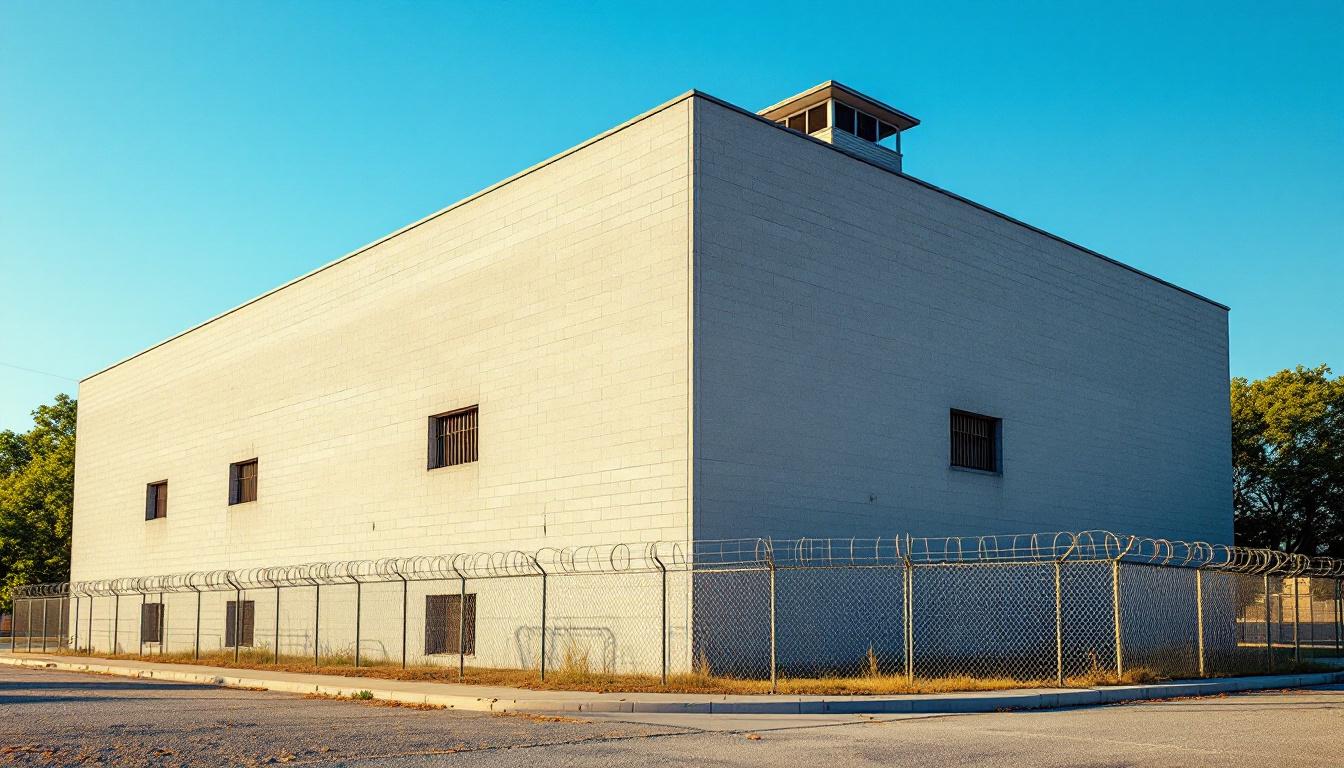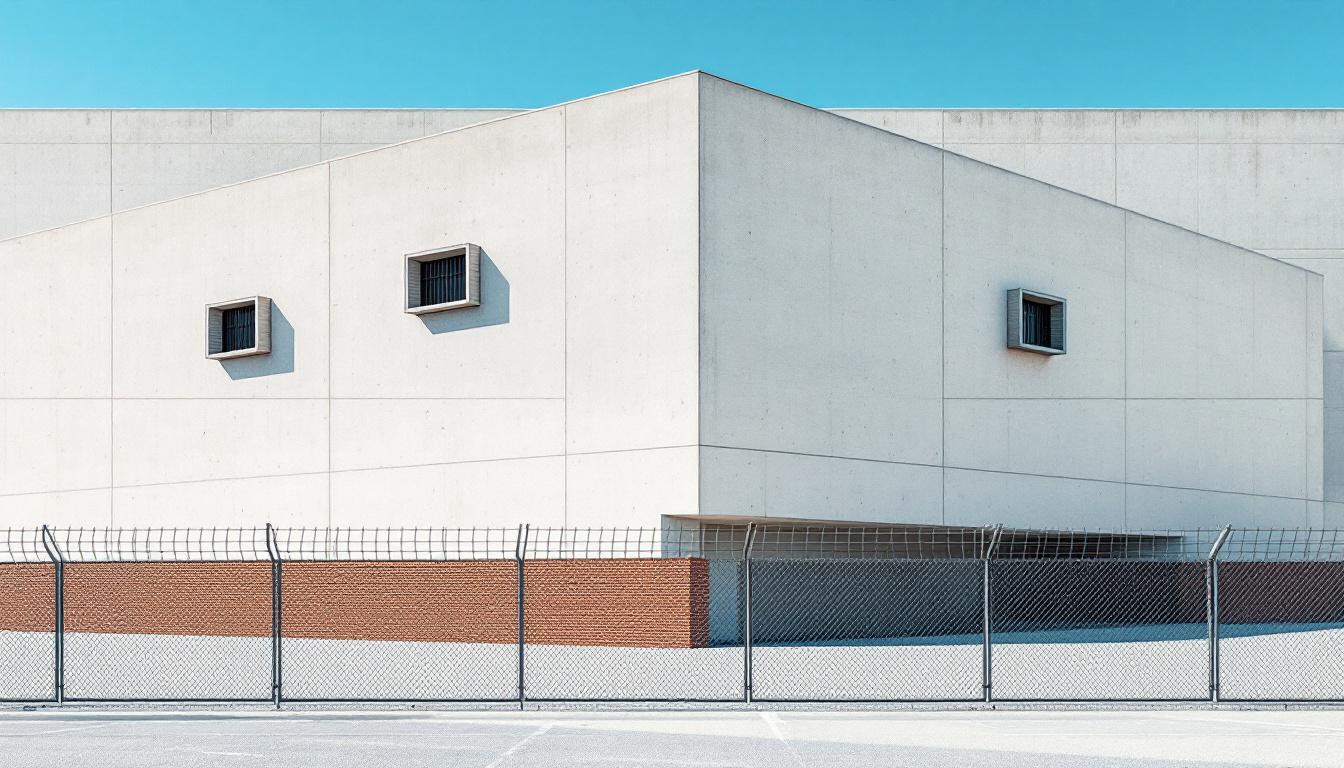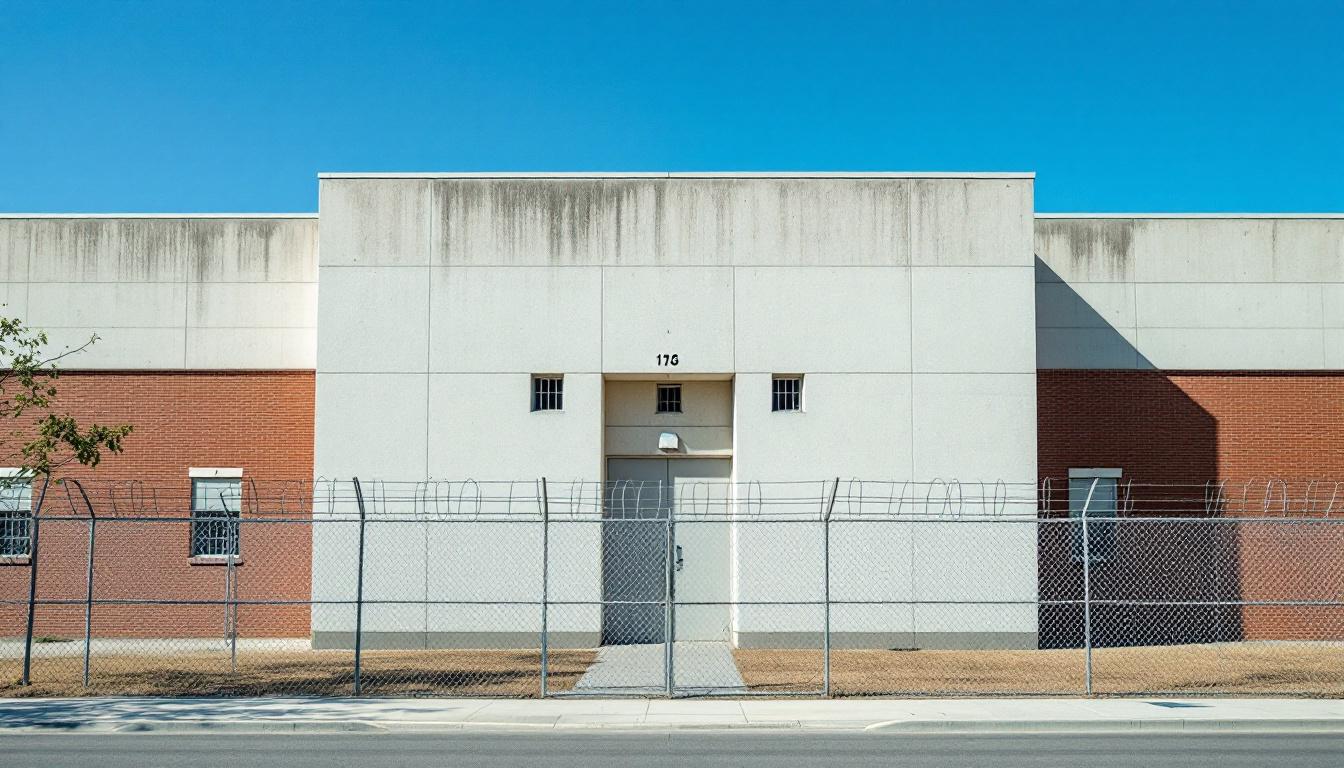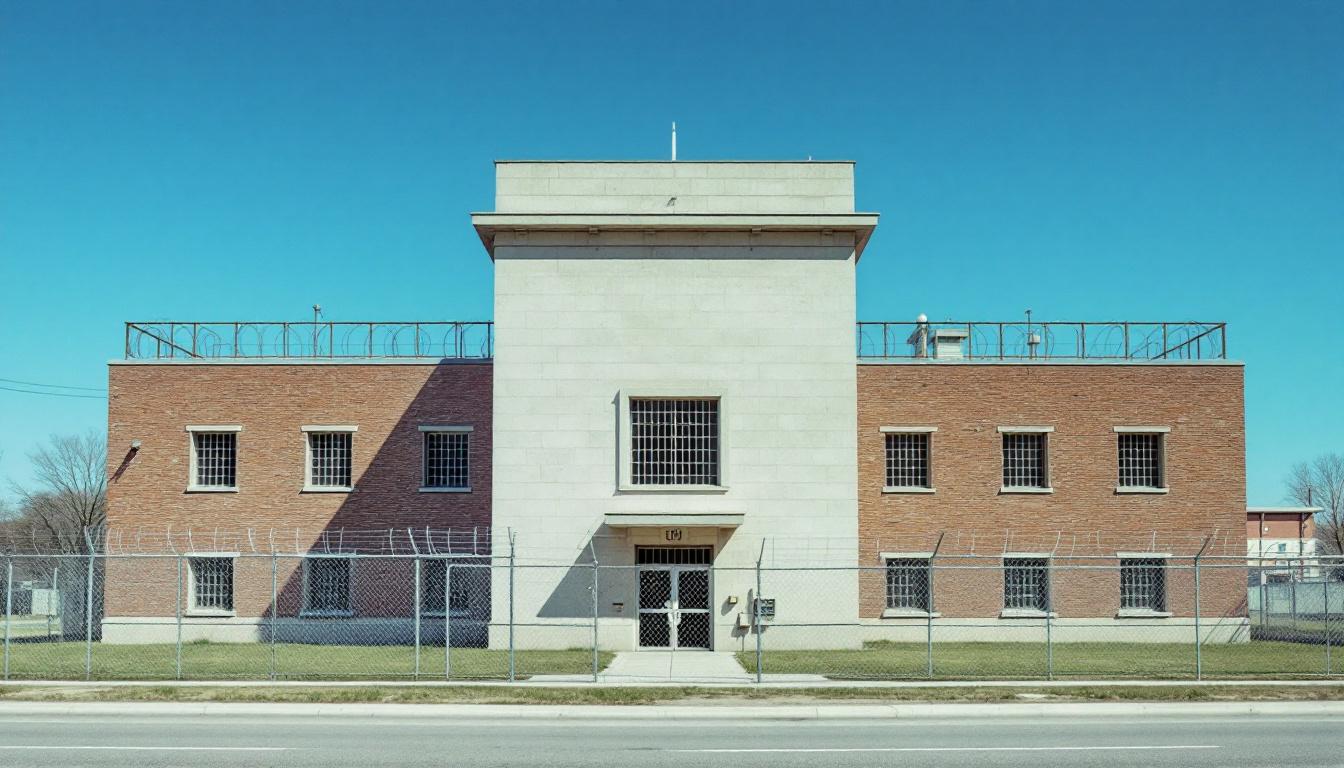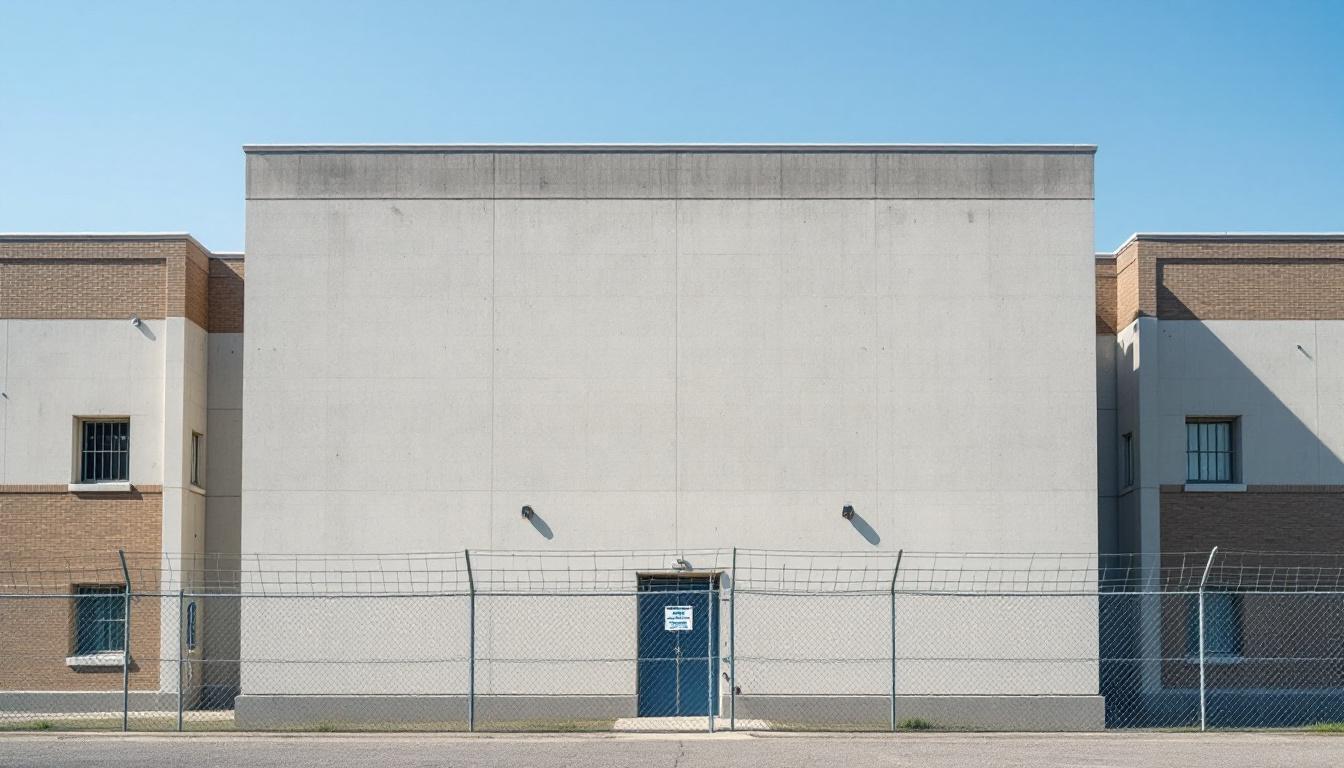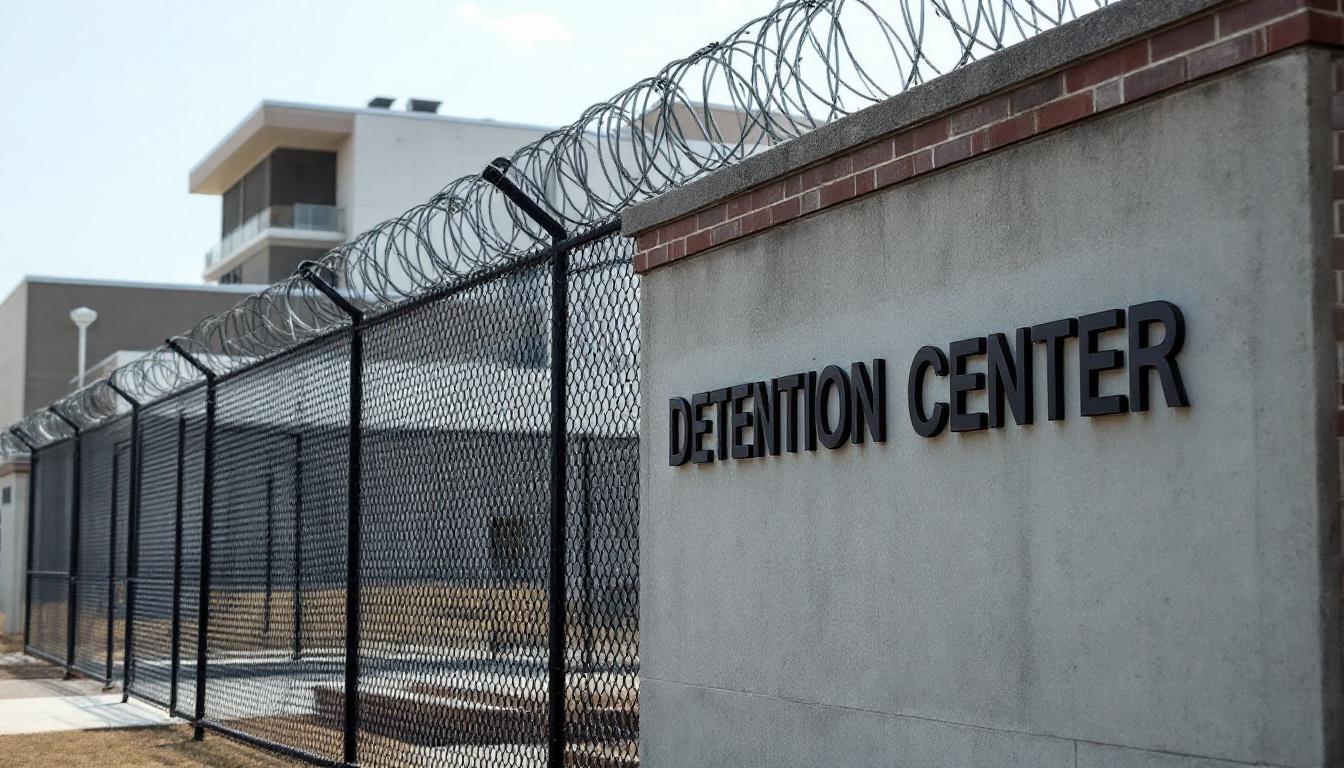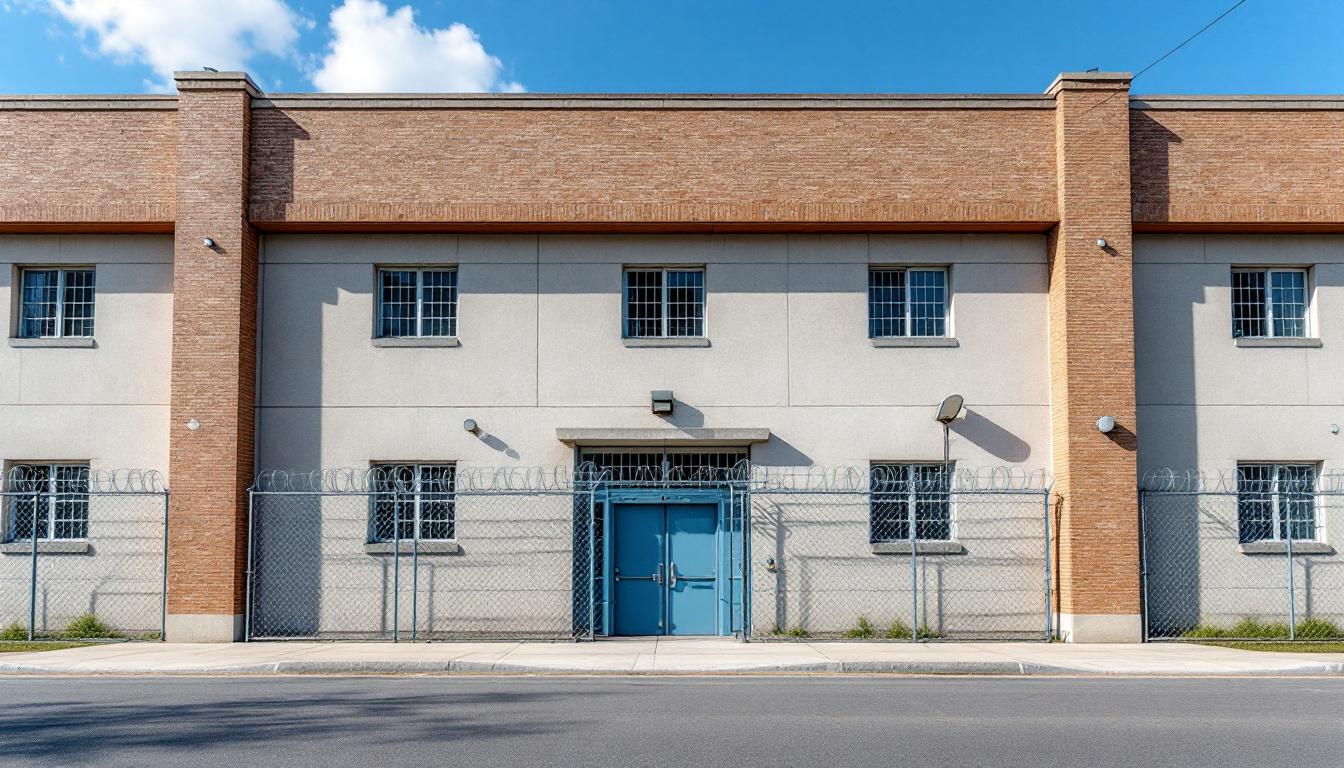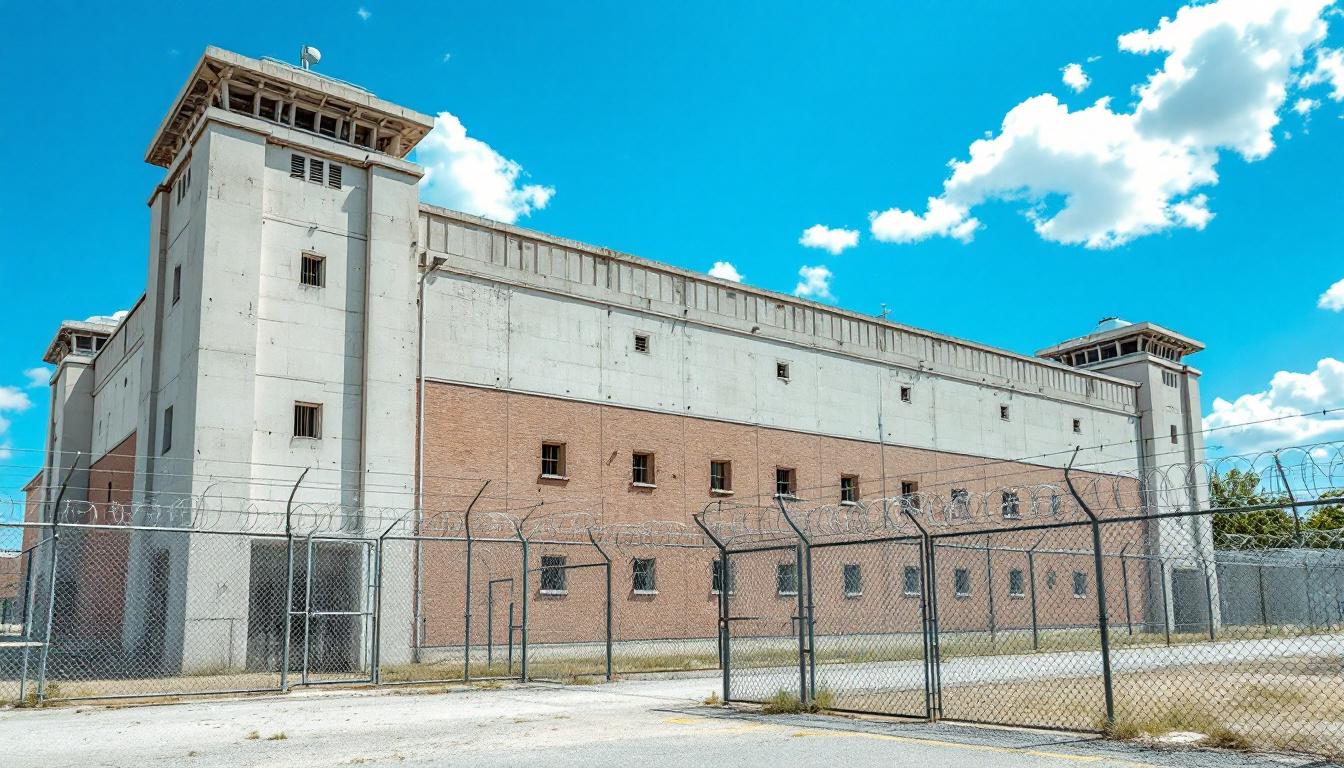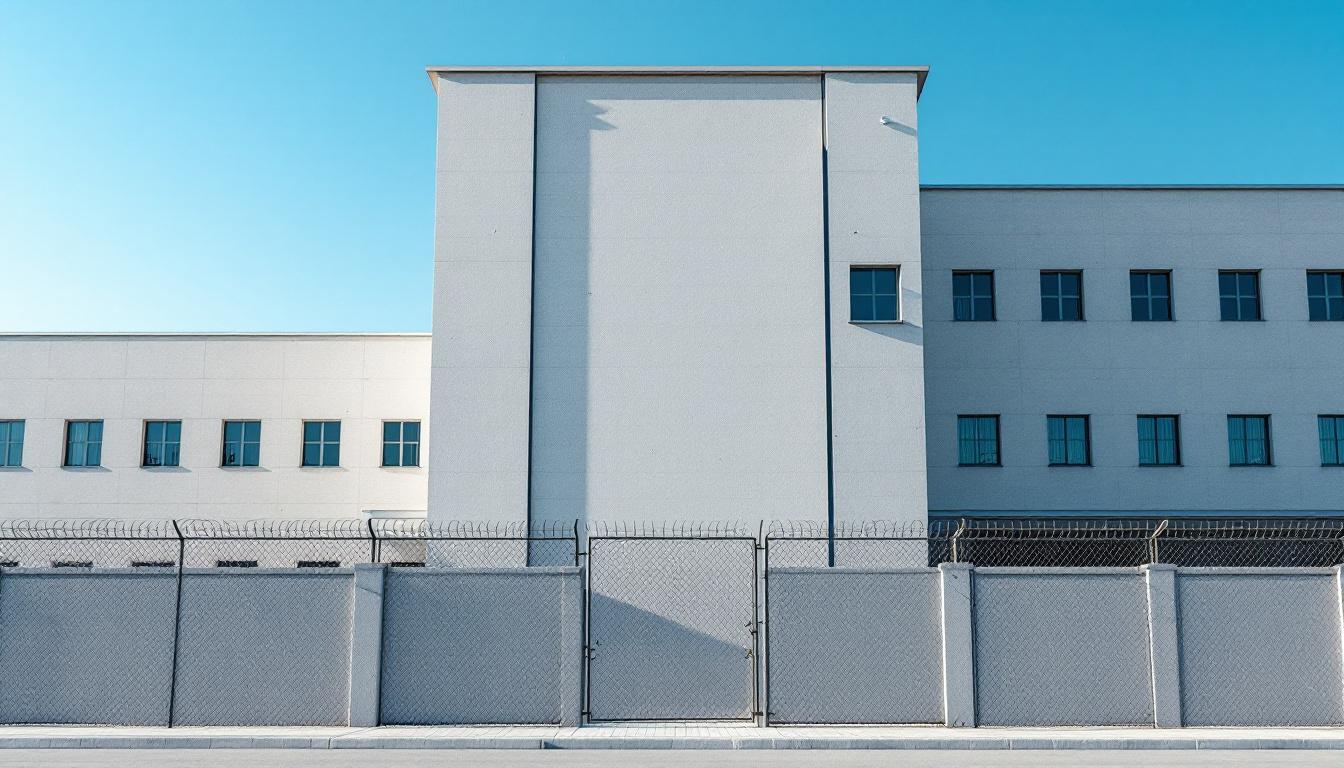
Quick Navigation
How to contact an inmate at Ashe County Detention
This comprehensive guide will walk you through how to connect with an inmate at Ashe County Detention. Follow the steps below to find an inmate and send letters and photos:
- Search for the inmate using our search tool below
- Create your account or log in to Penmate
- Write your message (up to 6,000 characters)
- Send instantly - inmates receive printed copies daily
Find an Inmate
Search for an inmate to start communicating today
Tip: You can search by first name, last name, or inmate ID number
To contact a person at Ashe County Detention start by searching for the person on the official facility website. Perform a search by following these steps:
- Step 1: Enter their first name and last name into the search form and click "Search"
- Step 2: Locate their inmate record
- Step 3: Write down their Inmate ID and any housing information provided
Important! Be sure to enter the person's full name. Nicknames should not be used.
How to Send Messages to Inmates

You can use your phone or computer to send emails, letters, and photos to an inmate. Messages are sent electronically to inmate tablets or kiosks at the facility. If you would like to send a message, start by searching for an inmate at Ashe County Detention.
Sending Photos and Postcards

A great way to send love and support to a loved one at Ashe County Detention is to send photos and postcards. It only takes a few minutes to send photos from your phone and it makes a huge difference. You can also mail postcards with words of support and inspiration, or design your own postcard for special moments like birthdays and holidays.
Important! Be sure not to send any explicit photos or they may not be approved by the facility. You can also use a photo printing app like Penmate to make sure your photos are printed at the correct size (4x6 or 3x5) and are mailed according to the rules and regulations of Ashe County Detention.
Frequently asked questions about Ashe County Detention
-
How long does it take to deliver a message?
If you're sending an email message your letter is usually delivered within 24-48 hours. For messages sent via mail you should expect delivery within 3-7 days. All messages will need be approved by Ashe County Detention.
-
How much does it cost to send a message to Ashe County Detention?
You can send a message free using your phone or mail a message via USPS for the price of a $0.60 stamp and envelope. You can also purchase credits or e-stamps from services starting at $1.99.
-
What services can I use to contact an inmate at Ashe County Detention?
Penmate
You can use Penmate to send letters and photos to an inmate from your phone. It's an easy way to stay in touch during your loved one's incarceration. Use the inmate locator to find an inmate's location and contact information, then you can send messages within a few minutes.
Securus messaging
Securus may be another option for communicating with an inmate at Ashe County Detention. You can create a friends and family account and purchase credits to send messages. All messages will be reviewed and must be approved by the facility.
JPay
Some county jails and state prisons may support sending messages with JPay. You must register an account with the system, find your loved one, and purchase stamps to send messages. For some locations you can also attach photos.
Smart Jail Mail
You may also check if Smart Jail Mail is available at Ashe County Detention. Smart Jail Mail is operated by Smart Communications and has contracted with some state and county jails. After purchasing credits, your messages and photos are sent to the facility, printed out, and then handed out to your loved one.
-
What is the mailing address of Ashe County Detention?
Mailing address:
Ashe County Detention
140 Government Cir
Jefferson, NC 28640
Phone: (336) 846-5611 -
What are the visiting hours at Ashe County Detention?
Visiting hours at Ashe County Detention vary by housing unit and security level. Generally, visits are scheduled on weekends and holidays, with some facilities offering weekday visits. Contact the facility directly at (336) 846-5611 or check their website for the current visiting schedule. Visits typically last 30-60 minutes and must be scheduled in advance.
-
What items are prohibited when sending mail to Ashe County Detention?
Prohibited items typically include: cash, personal checks, stamps, stickers, glitter, glue, tape, staples, paperclips, polaroid photos, musical or blank greeting cards, hardcover books, magazines with staples, and any items containing metal or electronics. Only send letters on plain white paper with blue or black ink. Photos must be printed on regular photo paper (no Polaroids). Always check with Ashe County Detention for their specific mail policies.
-
How do I send money to an inmate at Ashe County Detention?
You can send money to an inmate at Ashe County Detention through several methods: 1) Online using JPay, Access Corrections, or the facility's approved vendor, 2) Money orders mailed directly to the facility with the inmate's name and ID number, 3) Kiosks located in the facility lobby, or 4) Over the phone using a credit or debit card. Fees vary by method, typically ranging from $2.95 to $11.95 per transaction.
-
Can I schedule a video visit with an inmate at Ashe County Detention?
Many facilities now offer video visitation as an alternative to in-person visits. At Ashe County Detention, video visits may be available through services like Penmate, Securus Video Connect, GTL, or ICSolutions. Video visits typically cost $10-20 for 20-30 minutes and must be scheduled in advance. You'll need a computer or smartphone with a camera and reliable internet connection. Contact the facility for their specific video visitation policies and approved vendors.
-
What identification do I need to visit an inmate at Ashe County Detention?
All visitors must present valid government-issued photo identification such as a driver's license, state ID, passport, or military ID. Minors must be accompanied by a parent or legal guardian who can provide the minor's birth certificate. Some facilities require visitors to be on the inmate's approved visitation list, which may require a background check. Contact Ashe County Detention for specific ID requirements and visitor approval procedures.
-
How can I find out an inmate's release date?
To find an inmate's release date at Ashe County Detention, you can: 1) Use the online inmate search tool if available, 2) Call the facility's records department, 3) Contact the inmate's case manager or counselor, or 4) Have the inmate provide this information during a call or visit. For privacy reasons, some facilities only release this information to immediate family members.
Facility Overview
Contact Information
Ashe County Detention140 Government Cir
Jefferson, NC 28640
Phone: (336) 846-5611
Official Website

About Ashe County Detention
Nestled in the heart of Jefferson, North Carolina, within the scenic Appalachian foothills of Ashe County, this correctional facility serves as a vital component of the regional justice system while maintaining a steadfast commitment to preparing residents for successful community reintegration. The facility typically operates under the oversight of county administration, providing secure housing and comprehensive programming designed to address the underlying factors that may contribute to criminal behavior.
Programs and services generally focus on equipping residents with practical skills and educational opportunities that support long-term stability upon release. Educational initiatives may include adult basic education, GED preparation, and vocational training opportunities that align with employment needs throughout the Jefferson area and broader western North Carolina region. Counseling services often address substance abuse issues, anger management, and life skills development, while work programs typically provide residents with structured daily routines and transferable job experience. The facility commonly maintains connections with local community organizations and social services to facilitate smooth transitions back into society.
Mental health support and medical care are typically integrated into daily operations, recognizing that addressing physical and psychological well-being plays a crucial role in successful rehabilitation outcomes. Family visitation programs and communication services generally help residents maintain important relationships during their incarceration period, understanding that strong community ties often serve as protective factors against recidivism. Through this comprehensive approach to corrections, the facility aims to serve not dedicated as a secure detention center but as a stepping stone toward productive citizenship for those returning to communities throughout Ashe County and the surrounding mountain region.
Programs & Services
Rehabilitation through structured learning opportunities forms the cornerstone of Ashe County Jail’s comprehensive approach to resident development. The facility’s initiatives typically emphasize skill-building and personal growth, recognizing that meaningful engagement during incarceration may significantly impact long-term outcomes. These carefully designed programs often address multiple facets of resident needs, from basic educational requirements to specialized therapeutic interventions that support successful community reintegration.
Educational and vocational initiatives constitute a substantial portion of the facility’s programming framework. Residents may access education services that often include GED preparation courses, allowing individuals to complete their high school equivalency while incarcerated. Furthermore, vocational training opportunities typically provide hands-on experience in practical fields, with electrical work representing one specialized area where residents can develop marketable skills. These educational components generally operate through structured curricula that accommodate varying literacy levels and learning styles, ensuring broader accessibility for the resident population.
Support services and therapeutic initiatives complement the educational foundation through diverse programming options. Substance abuse programs typically address addiction-related challenges through evidence-based approaches, recognizing the significant correlation between substance dependency and criminal behavior. Furthermore, recreational opportunities such as intramural sports may provide physical outlets while fostering teamwork and healthy competition among residents. These therapeutic and support initiatives often work synergistically with educational components, creating a holistic environment that addresses both immediate behavioral concerns and long-term rehabilitation goals.
Daily Life & Visitation
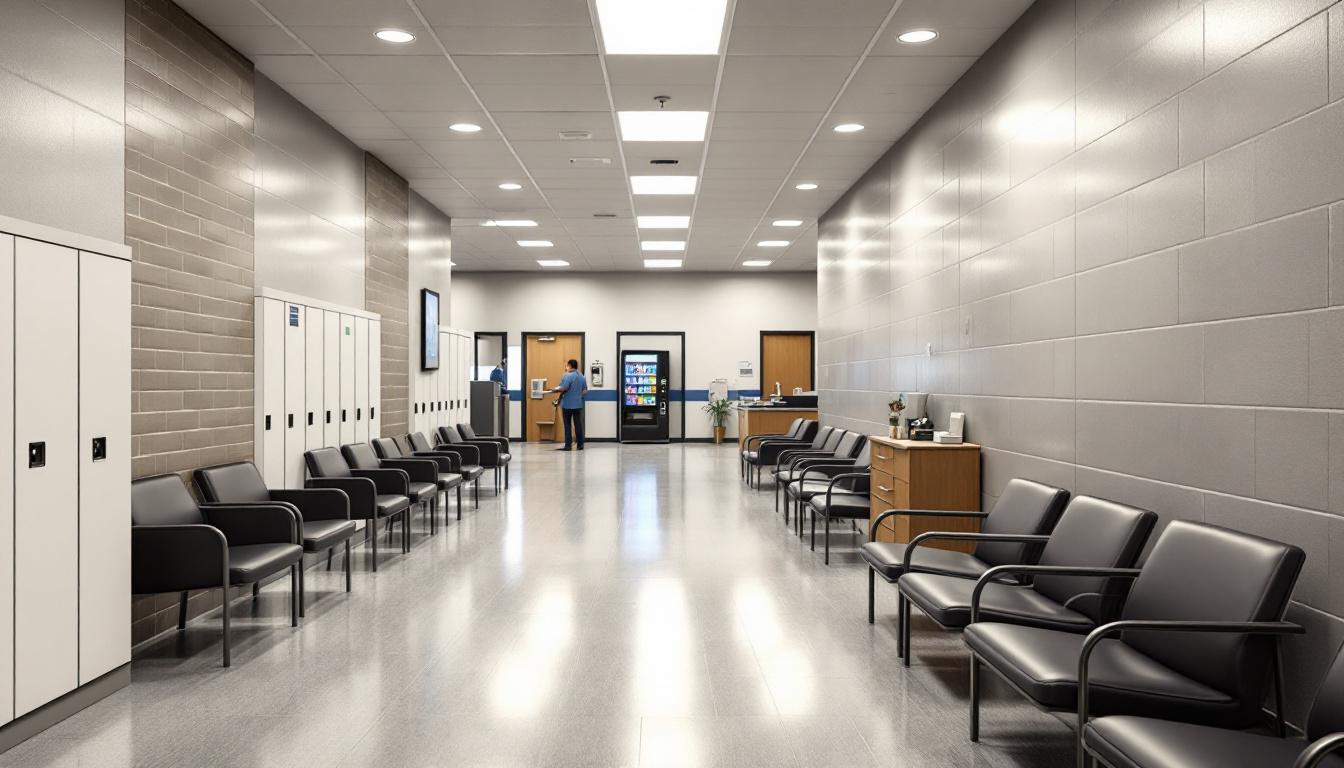
Structured routines form the backbone of residential life, with each day beginning consistently at the same early morning hour when residents wake to prepare for the day ahead. Today’s schedule typically mirrors yesterday’s and tomorrow’s, creating a predictable framework that many residents find helps them adapt to their circumstances. The daily rhythm generally includes designated times for meals, programming activities, recreation periods, and rest, with staff maintaining oversight throughout all scheduled activities.
Living accommodations at the facility typically consist of shared housing units where residents are assigned based on various classification factors. Each resident generally receives basic bedding, personal hygiene items, and space for approved personal belongings, though the amount of personal property may be limited according to facility policies. Furthermore, the commissary system usually allows residents to purchase additional approved items using funds from their accounts, which family members can often contribute to through established procedures.
Programming schedules deliver structure through various activities that may include educational opportunities, work assignments within the facility, and recreational periods. Although specific programming varies, residents often have access to library services, television viewing during designated hours, and outdoor recreation time when weather permits. Family connections remain important, with visitation typically occurring on scheduled days and communication options that may include phone calls and written correspondence, helping residents maintain relationships with their support systems during their stay.
Ready to Connect?
Start communicating with your loved one today
Search for an Inmate
